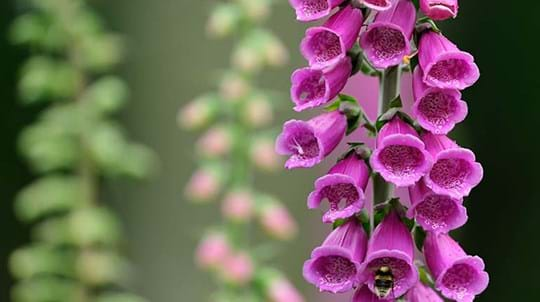
Blog
Foxglove and other poisonous plants: a list of toxic plants in the UK
Helen Keating • 01 Jul 2020

Citizen science manager
Our native ivy, Hedera helix, is easy to spot. Spread by birds as well as human hands, it grows well in woods, parks, streets and gardens throughout the UK. It's a common, widespread plant with lots of benefits. Learn whether ivy is poisonous, plus more about where it grows, how to take care of it in your garden and why it’s a great plant for wildlife.
UK ivy shouldn’t be confused with the ‘poison ivy’ found in the US, although poison ivy isn’t poisonous, or even an ivy! It’s really a climbing plant that can cause severe skin irritation.
As with many common garden, house and wild plants, ivy isn’t food and is mildly poisonous if eaten. If you were to eat some, you might get an upset stomach. It is toxic to cats, dogs and horses, but not birds or livestock.
Children under five are most at risk from plant poisoning. It’s important to teach them not to eat plants unless an adult says it’s ok.
In a case of possible plant poisoning, the NHS encourages spitting out anything in the mouth (but don’t try to be sick) and dialing 111 for advice. Go to A&E or call 999 if there are any signs of serious illness - take a sample of the plant with you if you can.
It's a common myth that ivy is harmful to trees - in fact it does the tree no damage.
If ivy growing in your garden is getting a bit unruly (mine always tries to grow out over the lawn for some reason!) you can trim it at any time of year and it won’t hurt the plant. Be mindful of disturbing hibernating insects in winter though, and remember it is an offense to disturb nesting birds. The nesting season runs from March to August for most bird species.
Let some ivy grow vertically up a fence or tree without pruning if you can. This will allow it to reach flowering maturity and maximise its benefit for wildlife.
It’s advisable to wear gloves when pruning ivy as the leaves can irritate skin. You’ll also need strong secateurs since the stems can become quite thick. I find pulling down and trimming thick ivy can release a lot of dust since the leaves are so waterproof and the layers of ivy underneath can be very thick, so I generally wear a dust mask for a big pruning job too.
On a sunny day, take a moment to look closer at flowering ivy - you may see butterflies, bees, hoverflies and wasps all feasting on the nectar.
Ivy has a lot of value for wildlife, supporting more than 50 different species. It's especially important as an essential food source for insects and birds during the autumn and winter months.
If you don't have any ivy at home, find a wood nearby and look out for the plant climbing other shrubs and trees. You'll likely find it alive with insects and other wildlife.
You could plant ivy in your garden if you want to help wildlife, though there is normally no need - it is quite good at planting itself! Ivy seeds disperse far and wide thanks to the birds that eat them.
Other useful plants to boost both spring and autumn riches for wildlife in your garden, include honeysuckle, teasel or a mix of native trees. The great thing is, you don’t need a huge space – even a pot or window box on a balcony can make a big difference. If you have room, woo wildlife by planting a native tree like crab apple, wild cherry or hazel.

Blog
Charlie Mellor • 26 Jun 2020
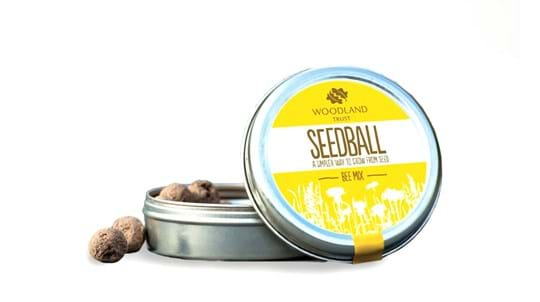
Shop
Our range is easy to grow and brilliant for birds, bees and butterflies.
External link
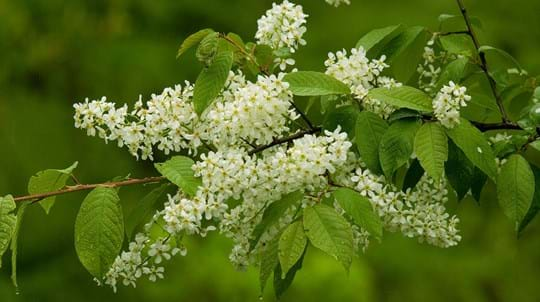
Blog
Helen Keating • 08 Nov 2021
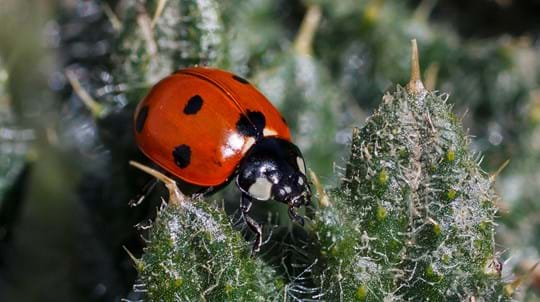
Blog
Charlie Mellor • 16 Apr 2024
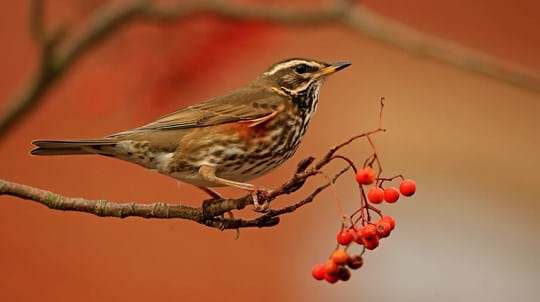
Shop
Take a look at our range of fruiting trees, ideal for attracting birds into your garden.
External link
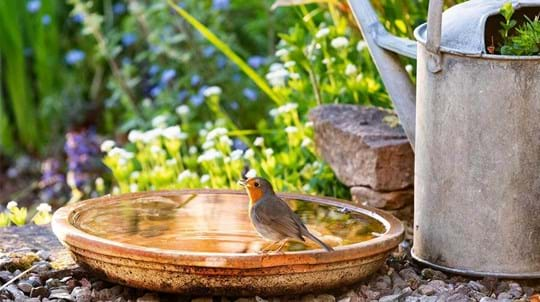
Blog
Hannah Vickers • 22 Jul 2020
Whether you have ivy in your garden or you’ve spotted some on a regular route, letting us know when it starts flowering is simple but super important information!
The Nature’s Calendar project tracks the effects of weather and climate change on wildlife across the UK – its records date all the way back to 1736! Ivy beginning to flower is one of 69 wildlife species recorded for the project. Will ivy be flowering at the right time in future when insects most need it? We need your help to find out.
Join Nature’s Calendar to record your sightings – every record is crucial and valid. The data helps us to better understand the effects of climate change and other patterns in the natural environment.
It only takes a few minutes to share what you see and we couldn't do this work without you!

Help monitor the effects of climate change on wildlife near you. Your records contribute to a growing body of evidence on global warming.
Add your wildlife recordings